Trust each other again and again. When the trust level gets high enough, people transcend apparent limits, discovering new and awesome abilities for which they were previously unaware.” –David Armistead
I am excited to share the results of a brand new research study called “Building Workplace Trust” from our trust alliance members at Interaction Associates.
Leaders: did you know there’s a 60 percent chance your employees don’t trust you much? It’s true, according to brand-new research from Interaction Associates. And this is the case despite the fact that eight in ten workers say they need to trust their bosses in order to be effective on the job.
Just four out of ten workers report they have a high level of trust in their leaders and their organizations. Perhaps even more worrying: one-quarter of employees surveyed say they trust their boss less this year than they did in 2013.
So why is this important? The study demonstrates that companies which enjoy high levels of trust among their employees are two and a half times more likely than those that don’t to enjoy superior revenue growth. High-trust businesses significantly outperform all other organizations in achieving a wide variety of business goals, including customer loyalty and retention; competitive market position; values-driven behavior and actions; predictable business and financial results; and profit growth.
So how do these high-trust, highly successful companies earn the trust of their employees? Those surveyed chose these as the top five actions leaders can take in order to build trust.
- Ask for input into decisions that affect employees.
- Give employees background information so they can understand why decisions are being made.
- Set workers up for success by providing them with learning opportunities and the resources they need.
- Admit your mistakes.
- Don’t punish employees for raising issues or concerns: in other words, don’t shoot the messenger.
To complete the research study, Interaction Associates surveyed 500 employees at companies worldwide in a range of job functions and industries.
Thank you for the opportunity to share this with our audience.
Barbara Brooks Kimmel is the Executive Director of Trust Across America-Trust Around the World whose mission is to help organizations build trust. She is also the editor of the award winning TRUST INC. book series and the Executive Editor of TRUST! Magazine. In 2012 Barbara was named “One of 25 Women Changing the World” by Good Business International.
Nominations are now being accepted for Trust Across America-Trust Around the World’s 5th annual Global Top Thought Leaders in Trustworthy Business.
Coming Soon!
Should you wish to communicate directly with Barbara, drop her a note at Barbara@trustacrossamerica.com
Copyright © 2014, Next Decade, Inc.
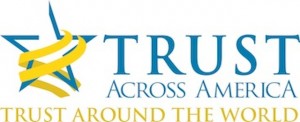
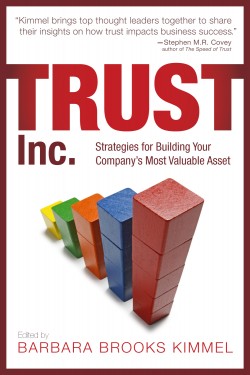
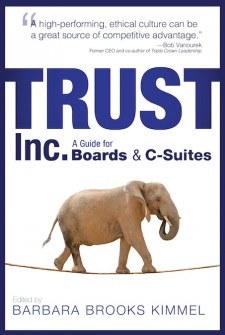
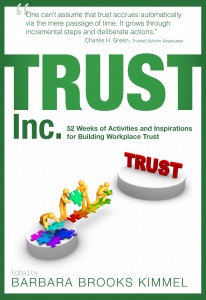
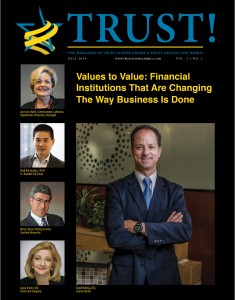

Recent Comments